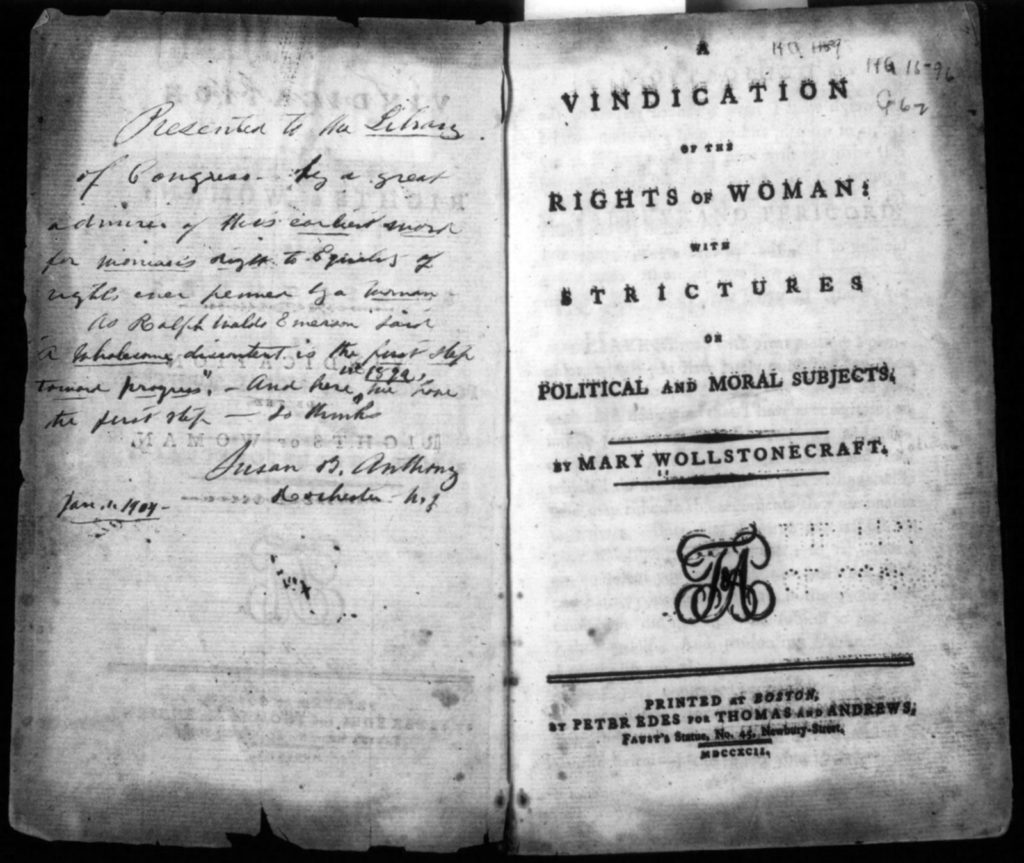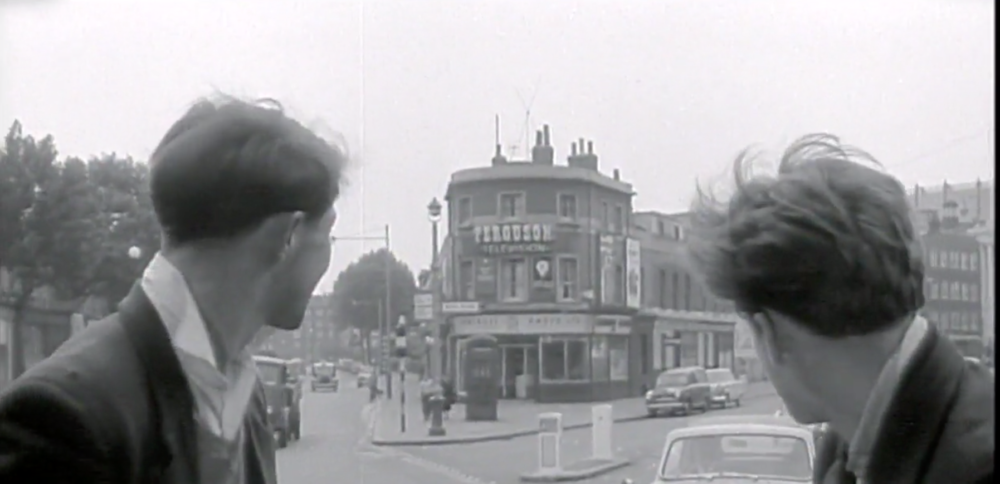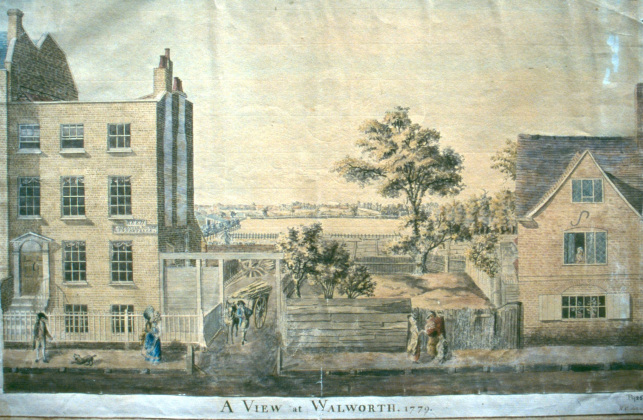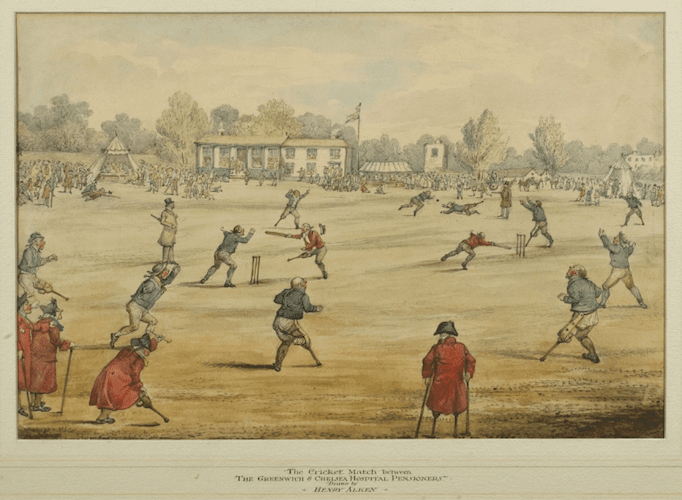Several parts of UK lay claim to the legacy of Mary Wollstonecraft. The philosopher, writer, visionary, feminist and mother left tracks in Spitalfields, Yorkshire and there is a blue plaque in her honour just outside Greater Kennington. What is less reported is that she spent a number of her formative years living in Walworth, just off the Walworth Road.
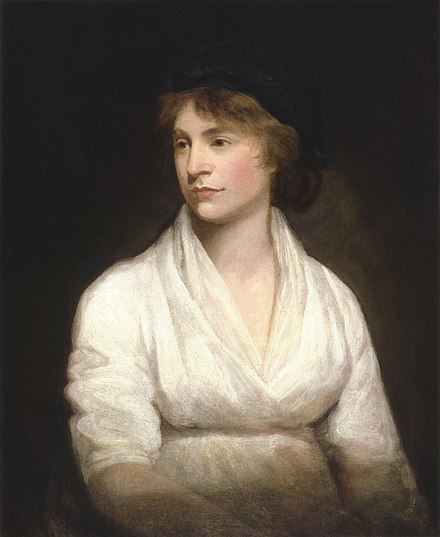
By the mid to late 18th century what is now Elephant & Castle and Walworth became fashionable with the middle classes as it was surrounded by market gardens and provided easy access to the City. The result of moving around (and being female) meant that Mary was denied a systematic education, and this was the groundwork for her ultimate life defining work, ‘A Vindication of the Rights of Woman’. But living in our area made her more curious about the world around her, to the consternation of her father.
In 1775 Mary was introduced to the Blood family who lived in Newington Butts. Her friend Fanny Blood evolved into an inspiration for Mary and over the next decade inspired her unconventional life. Mary managed to remain close to Fanny for a period until life with her father became too unbearable, and her mother found her lodgings at the home of translator Thomas Taylor in Manor Place, Walworth.
After an abbreviated life of writing and advocacy Mary died at 38 and left a number of unfinished manuscripts and pieces of work. She also left a 11 year old daughter Mary Shelly, who would go on to write ‘Frankenstein’ when she was just 21. For over a century Mary’s personal life overshadowed her achievements in a manner that would not have happened if she was a man.
A few artefacts of Mary’s era exist in the Cuming Museum (which we wrote about in 2020) at the Walworth Heritage Centre a stone’s throw from her previous abode. Among them is a calling card that Mary left for the Cuming family. If you do happen to find yourself on Walworth Rd imbuing your life with the legacy of Wollstonecraft, we recommend that you take a break by visiting the yummy Shawarma Hut. The history books are unclear as to whether Mary herself actually dined at Shawarma Hut, but we like to think that she would have.
